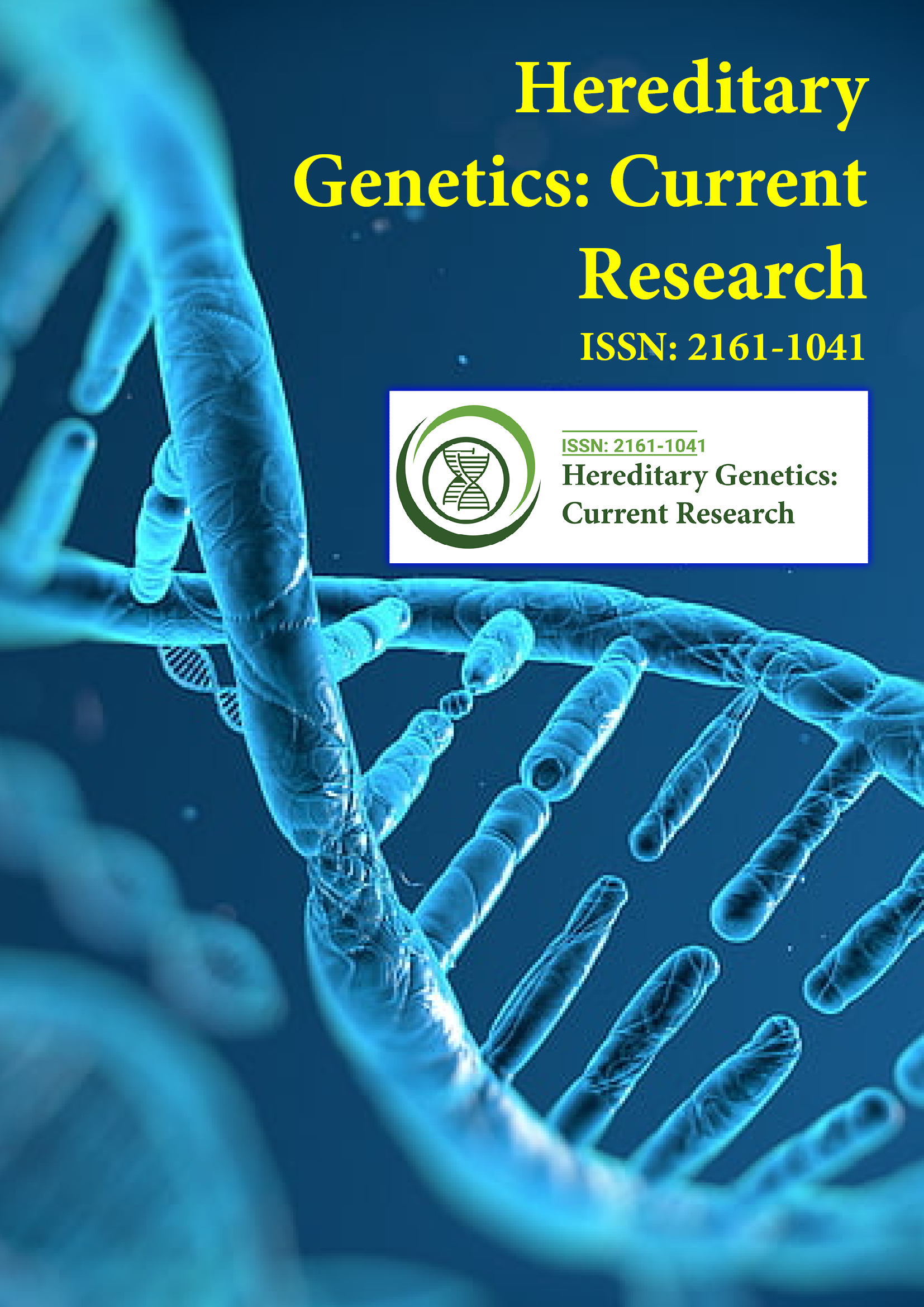ఇండెక్స్ చేయబడింది
- J గేట్ తెరవండి
- జెనామిక్స్ జర్నల్సీక్
- CiteFactor
- RefSeek
- హమ్దార్డ్ విశ్వవిద్యాలయం
- EBSCO AZ
- NSD - నార్వేజియన్ సెంటర్ ఫర్ రీసెర్చ్ డేటా
- OCLC- వరల్డ్ క్యాట్
- పబ్లోన్స్
- జెనీవా ఫౌండేషన్ ఫర్ మెడికల్ ఎడ్యుకేషన్ అండ్ రీసెర్చ్
- యూరో పబ్
- గూగుల్ స్కాలర్
ఉపయోగకరమైన లింకులు
ఈ పేజీని భాగస్వామ్యం చేయండి
జర్నల్ ఫ్లైయర్

యాక్సెస్ జర్నల్స్ తెరవండి
- ఆహారం & పోషకాహారం
- ఇంజనీరింగ్
- ఇమ్యునాలజీ & మైక్రోబయాలజీ
- క్లినికల్ సైన్సెస్
- జనరల్ సైన్స్
- జెనెటిక్స్ & మాలిక్యులర్ బయాలజీ
- నర్సింగ్ & హెల్త్ కేర్
- న్యూరోసైన్స్ & సైకాలజీ
- పర్యావరణ శాస్త్రాలు
- ఫార్మాస్యూటికల్ సైన్సెస్
- బయోఇన్ఫర్మేటిక్స్ & సిస్టమ్స్ బయాలజీ
- బయోకెమిస్ట్రీ
- మెటీరియల్స్ సైన్స్
- మెడికల్ సైన్సెస్
- రసాయన శాస్త్రం
- వెటర్నరీ సైన్సెస్
- వ్యవసాయం మరియు ఆక్వాకల్చర్
- వ్యాపార నిర్వహణ
నైరూప్య
వంశపారంపర్య మల్టిపుల్ ఎక్సోస్టోసెస్లో ఎక్సోస్టోసెస్ నిర్మాణంపై ప్రస్తుత పరిజ్ఞానం: ఎక్సోస్టోసెస్ ఎక్కడ ఉద్భవించాయి మరియు వాటి పెరుగుదల ఏ విధంగా నియంత్రించబడుతుంది
స్టాల్ HM, విట్లాక్స్ AMA, మూయిజ్ DT, ఎమాన్స్ PJ, హామ్ JSJ, వాన్ రిజన్ LW మరియు వెల్టింగ్ TJM
బహుళ వంశపారంపర్య ఎక్సోస్టోసెస్ అనేది ఎక్సోస్టోస్లకు కారణమయ్యే ఆటోసోమల్ డామినెంట్ వారసత్వ వ్యాధి: పిల్లల ఎముకలపై పెరుగుదల. ఈ వ్యాధి ప్రధానంగా పరివర్తన చెందిన ఎక్సోస్టోసిన్ (EXT)-1 లేదా EXT-2 జన్యువుల వల్ల వస్తుంది. ఈ ఉత్పరివర్తనలు నాన్-ఫంక్షనల్ EXT-జన్యు ఉత్పత్తులను అందిస్తాయి. ఫంక్షనల్ ప్రొటీన్లు లేకపోవడం వల్ల హెపరాన్ సల్ఫేట్ సంశ్లేషణలో లోపం ఏర్పడుతుంది మరియు అందువల్ల ప్రొటీగ్లైకాన్ సవరణ మరియు సెల్ సిగ్నలింగ్లో లోపం ఏర్పడుతుంది. కొండ్రోసైట్ల ఉపసమితి ఎక్సోస్టోస్లను ఏర్పరుస్తుందని భావించబడుతుంది, ఇది పాక్షికంగా మాత్రమే అర్థం చేసుకోబడే పెరుగుదల మరియు భేద ప్రక్రియ ద్వారా. ఈ ఎక్సోస్టోసెస్-ఏర్పడే కొండ్రోసైట్ల మూలం ఇప్పటికీ తెలియదు. ఎక్సోస్టోస్ల పెరుగుదలను ఏ ప్రక్రియలు ప్రభావితం చేస్తాయో మరియు ఆస్టియోక్లాస్ట్ యాక్టివిటీ ద్వారా ఎక్సోస్టోస్లను తిరిగి శోషించకుండా ఏమి ఆశ్రయిస్తాయో కూడా మాకు వివరంగా తెలియదు. ఈ కాగితంలో మేము పైన పేర్కొన్న జ్ఞాన అంతరాలపై దృష్టి సారించి, ఎక్సోస్టోసెస్ యొక్క ప్రధాన పాథోఫిజియోలాజికల్ సిద్ధాంతాలను క్రమపద్ధతిలో సమీక్షిస్తాము.